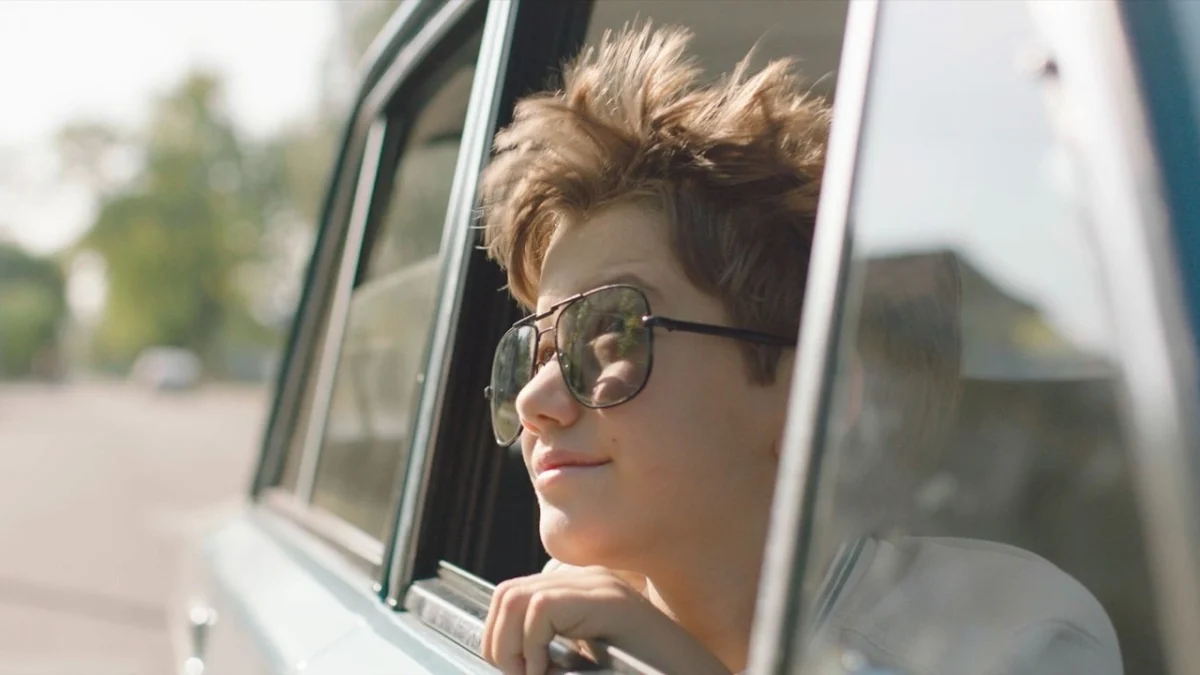
One week after “Breaking Bad” signed off with its season finale, “The Walking Dead” returned to fill the void on AMC. The extended season two premiere titled “What Lies Ahead” serves as a perfect microcosm for everything the series has to offer. “Dead’s” blending of chills and thrills with a strong emphasis on character development has propelled it as a tour de force in dramatic television.
“The Walking Dead” debuted last Halloween, and offered one of the most riveting pilots in television history. The program is based on a graphic novel series by Robert Kirkman, and was developed for television by the brilliant Frank Darabont. Darabont had plenty of experience successfully adapting pieces of literature to film, as he served as both writer and director of three pictures based on Stephen King novels or short stories (“The Shawshank Redemption,” “The Green Mile” and “The Mist”). “Dead” was Darabont’s first attempt at adapting a story for television.
The series follows a small band of survivors who are struggling to find safety in a world that is overrun by zombies. The zombies – or “walkers” as they are referred to by the characters – are created by a virus that invades the brain by shutting it down, and ultimately re-activating it as a soulless organ that provides its host with only one need: to feed. The walkers, slow-moving and heavy-breathing lifeless beings, are a clear homage to the zombies of the George A. Romero films. The characters fight for their lives against the walkers and face additional hardships in their own group, as issues of trust and affairs threaten to tear them apart from within.
What has stood out thus far with “The Walking Dead” is its ability to remain entertaining and fresh with subject matter that usually becomes dull and familiar. This is a rarity for the horror genre, as it seems to be difficult now for filmmakers to execute 90 minutes worth of story for a movie, let alone in multiple episodes for a series. “Dead” has been able to remain engaging to its viewership primarily because of its focus on character.
Taking a page out of J.J. Abrams’ notebook on how to make a successful television series, the writing team of “The Walking Dead” pays more attention to the living characters than it does to the walkers. Similarly, Abrams’ “Lost” was more interested in providing the audience with a character study than with the mystery and supernatural aspects of the island. This way, viewers cannot help but have an emotional experience with the characters that resonate with them and inspire compassion. When a walker is on the verge of attacking one of the survivors, the viewer experiences an undeniable sense of fear with that character. The walkers are important to the success of the show and viewers are intrigued to see them, but they are nothing more than the antagonists that drive the story along. With lame and incompatible characters, “The Walking Dead” would have been a cheesy failure.
The main protagonist of the series is Rick Grimes, who was a police officer prior to the outbreak of the virus. Rick is wounded in a shootout, and falls into a coma. He awakes to the world taken over by the walking dead, and immediately sets out to find his family. Eventually, he meets up with a band of survivors outside of Atlanta, among them his wife and son. The group is led by Rick’s partner Shane, who has since begun a romantic relationship with Rick’s wife, Lori. Shane believed Rick to be dead, and took it upon himself to take care of Lori and her son, Carl. As soon as Rick returns, Lori alienates herself from Shane, which causes tension between them. The love triangle is compelling and difficult to choose between. Not only does Rick reclaim his wife from Shane, but ultimately the leadership role within the group itself.
Rick is easily identifiable as a leader, as it is no coincidence that the writers decided to keep Rick in his police uniform, obnoxiously large hat and all. Rick’s former profession has made him the ideal leader and he seamlessly takes over the role. He does his best to try and inspire hope, but even he is beginning to lose faith. The season two premiere saw Rick in a church seeking Christ for help. It is a deeply emotional moment, as the survivors’ fearless leader reveals his true feelings towards their desperate situation.
A sense of realism adds even more to the strength of “Dead’s” story. The series’ settings tend towards the grandiose. This is not a typical television program confined to a few claustrophobic set pieces. Rick’s ride into Atlanta in the pilot episode completely encapsulated how alone he was and empty the world had become of life. The city is eerily quiet and vacant cars clog the highway.
The makeup used on the walkers is impressive, as the cheesiness seen in past zombie incarnations is absent; instead, a genuine depiction of lifeless entities is given. The blood and gore have taste, and are not just inserted for the sake of being disgusting. They add to the horror that the characters are experiencing and have to now deal with as part of their everyday lives. Even the usage of the term walkers as opposed to zombies make the creatures seem more legitimate. The term “zombies” reminds the viewer they are watching a piece of over-the-top fiction, whereas “walkers” sound creepier and more threatening.
“Dead’s” short first season of only six episodes did have its share of narrative issues. The story went in several different directions for a small sample size, and did not appear to have the season mapped out and executed properly from start to finish. Regardless of these flaws in continuity, the series was still undeniably entertaining and dramatic. The season premiere seemed to have set the stage nicely for new character arcs to play out. Shockingly, in late summer, showrunner Frank Darabont left the series. There are debates as to whether or not he left on his own or was fired, but in either case the current writing staff will have their hands full with Darabont’s absence.
Audiences seem to be pleased with the progress of “Dead,” as the premier set basic cable records in both the 18-49 and 25-54 age demographics. Buzz is circulating around the series, as the consensus is that “The Walking Dead” is not like most typical, mindless zombie tales. It is instead a look into how real people deal with a zombie apocalypse, and how problems that humans have with each other on a daily basis today are still present even at the end of civilization as we know it.
Kevin Romani can be reached at [email protected]. Follow Kevin Romani on twitter @KevinRomani.






